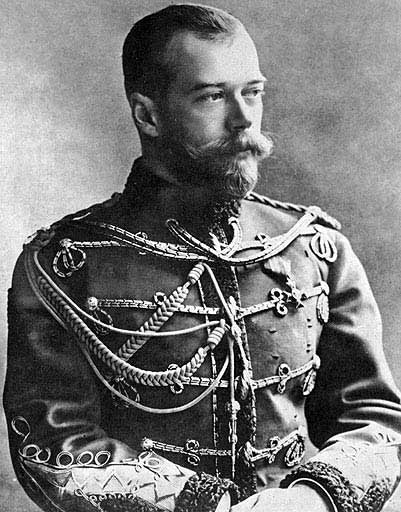Saint Leo IX-Pope Catholic Saint
Catholic Saints 28-12-2023, 19:39

Saint Leo IX-Pope
Catholic Saint
Feast Day : April 19
Also known as: Bruno of Toul, Peregrinus Apostolicus
A reputed miracle-worker whose travels earned him the nickname “Peregrinus Apostolicus,” Leo was at home with the army as well as the court. Disagreements and possibly miscommunication during his reign led to the Great Schism between Constantinople and Rome in 1054. Leo was born at Egisheim, near Colmar, in Alsace, on June 21, 1002, and christened Bruno. His father Hugh was a first cousin of the future emperor Conrad. It is said that once he refused to look at an exceptionally beautiful book that his mother, Heilewide, had bought and given to him. Eventually it was discovered that the book had been stolen from the Abbey of St. Hubert in the Ardennes. When Heilewide returned the book to the abbey, Bruno was once again able to study. At the age of 5, Hugh and Heilewide sent Bruno to live with Berthold, bishop of Toul, who ran a school for the sons of the nobility. At home one summer vacation, Bruno was attacked in his sleep by an animal. His wounds were so serious that for a time he was on the brink of death. He survived, however, and afterward said that he had had a vision of a visit by St. Benedict, who had cured him by touching his wounds with a cross. In 1017, Bruno became a canon at St. Stephen’s of Toul, and in 1024, when Conrad succeeded Emperor Henry I, he transferred to the chapel of the king’s court. He quickly became known as “the good Bruno,” in contrast to others of the same name.
When Conrad set out for Italy in 1026, he asked Bruno to lead his troops in place of the elderly Herimann, the then-bishop of Toul; when Herimann died shortly thereafter, Bruno was elected his successor. He was consecrated bishop in 1027, and served for the next two decades during a period of extreme stress, proving to be an exceptional political as well as spiritual leader. When the German pope Damasus II (r. 1048) died in 1048, the Roman Church asked Henry III (Conrad’s successor) to let them have either Bruno or Halinard, archbishop of Lyons, as the new pope. Henry decided on Bruno, who went to Rome barefoot and dressed as a pilgrim, and was elected by acclamation. Assuming the name Leo, he was enthroned in the Chair of St. Peter on February 12, 1049. Leo quickly set about pushing through various needed ecclesiastical reforms. In April 1049, he convened a council in Rome that condemned clerical incontinence and simony. After that he spent several months traveling throughout Europe, convening councils and issuing excommunications as required. He returned to Rome in January 1050, and for the next few years was concerned with the Normans in southern Italy. More than once he led troops into action, bringing criticism from St. Peter Damian, among others. The military campaigns, moreover, proved disastrous when Leo and his army were defeated at Civitella in June 1053, and the pope surrendered to his conquerors.
He was imprisoned at Benevento for nine months before being released. During this same period, relations between the Churches of Rome and Constantinople strained for centuries were reaching a breaking point. Michael Cærularius, patriarch of Constantinople, attacked the Roman Church because it used unfermented bread in the sacrifice of the Mass, struck the name of the pope from the sacred diptychs, and closed Roman churches in Constantinople. Leo protested and (evidently while in prison) began to study Greek to better understand the issues, but his efforts failed. The end came with Michael’s excommunication by the cardinals Humbert and Frederick on July 16, 1054, effectively separating the Greek and Roman churches. By the time this occurred, however, Leo had died. Upon his return to Rome in March 1054, he ordered his bed carried to St. Peter’s Basilica and placed next to a coffin. There he died on April 19. His name was entered in the Roman Martyrology.

Bible Verses on Call to Return to God from Sirach| A Call to Repentance Sirach 17:25-32 Be converted to the...
Learn more
Saint Nicholas II Catholic Saint st.Nicholas II and Companions-Last czar of Russia and his family Feast Day...
Learn more
Joash Becomes King of Judah 2 Kings 11:1-21 Bible Stories 2 Kings 11:1 Truly, Athaliah, the mother of...
Learn more